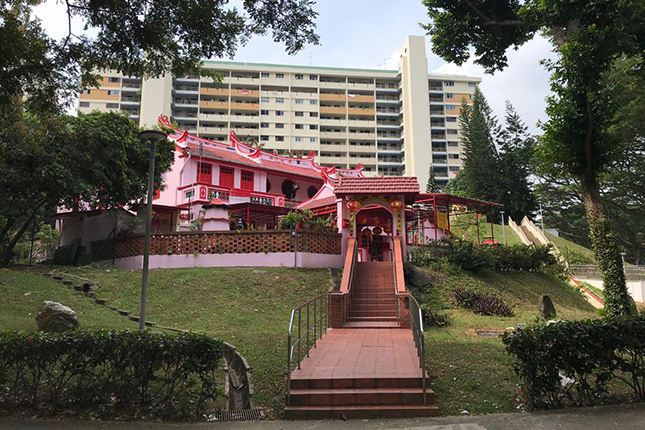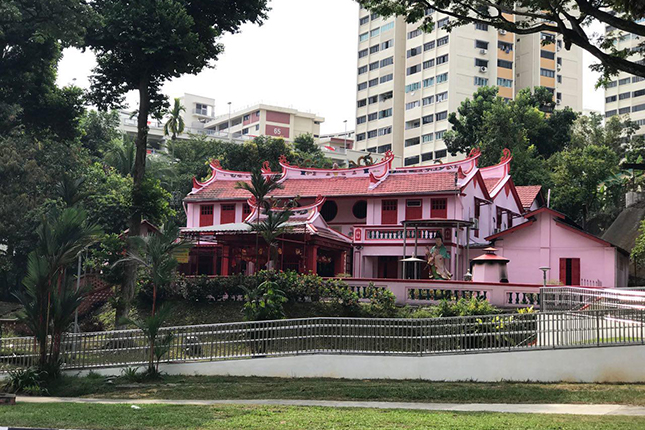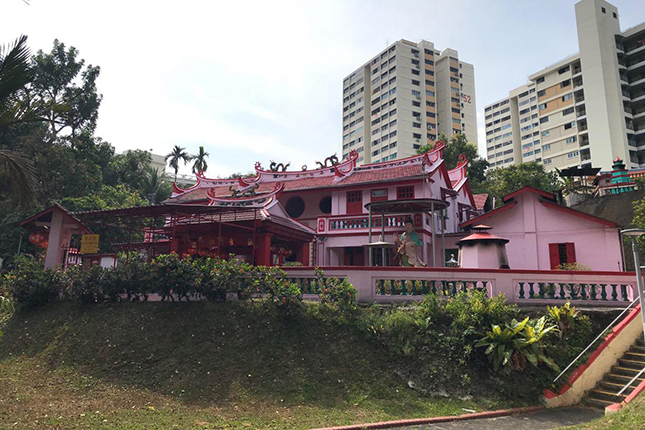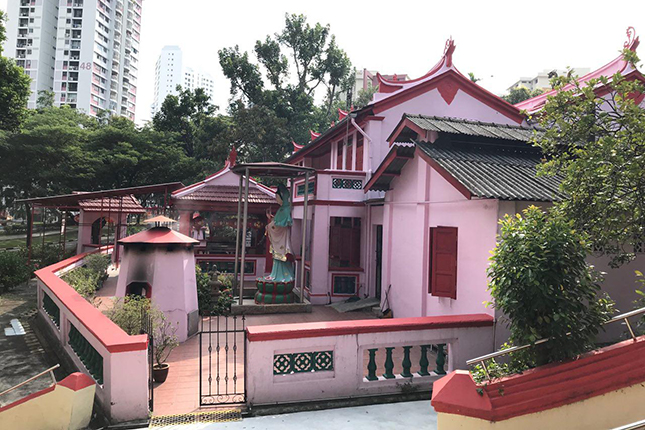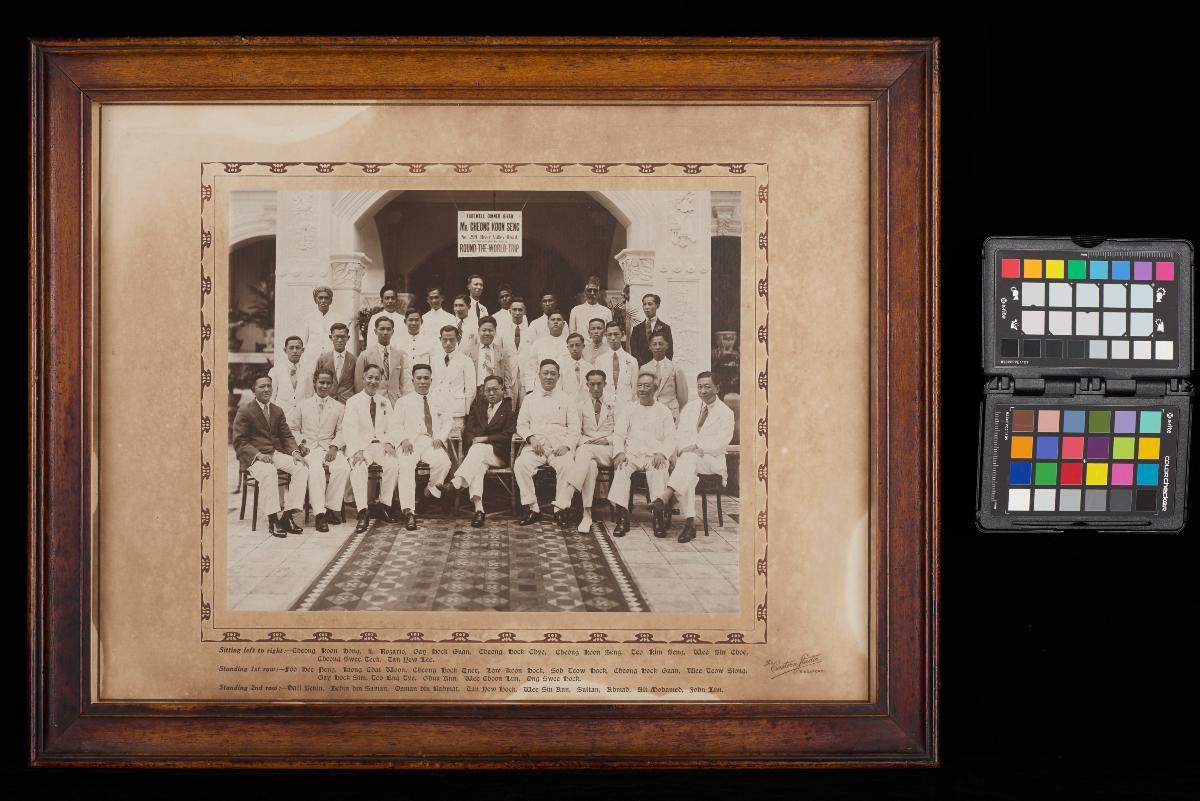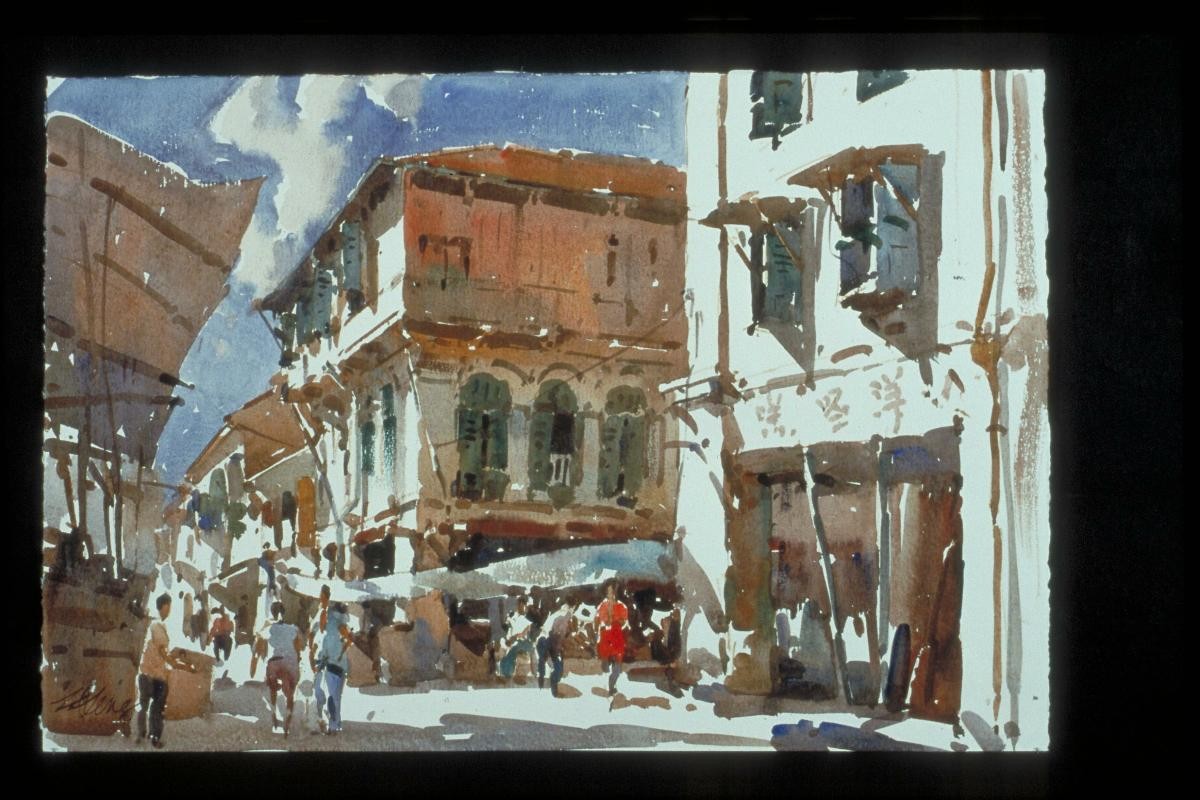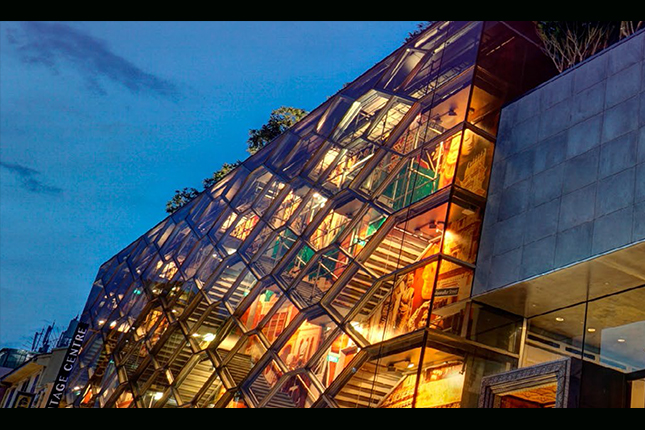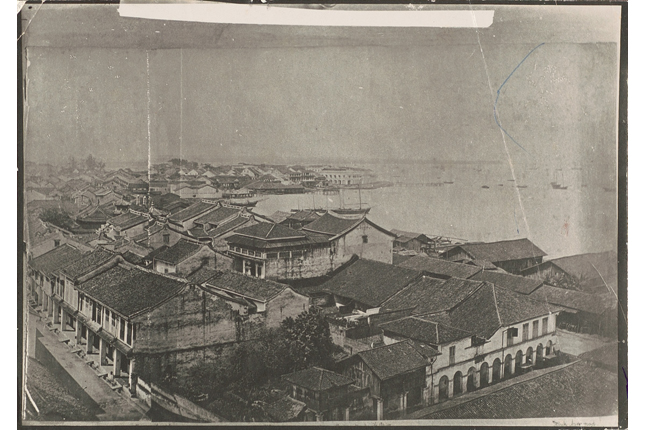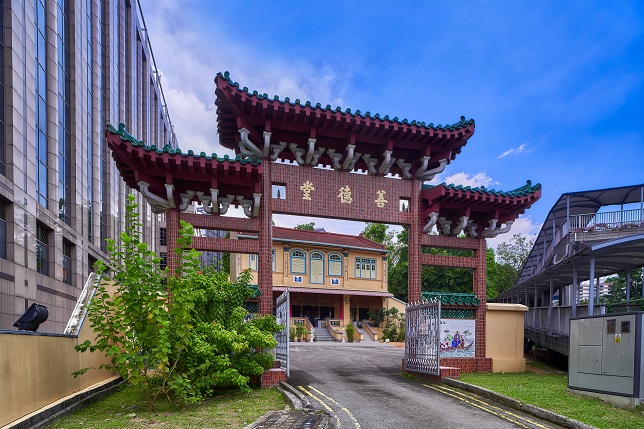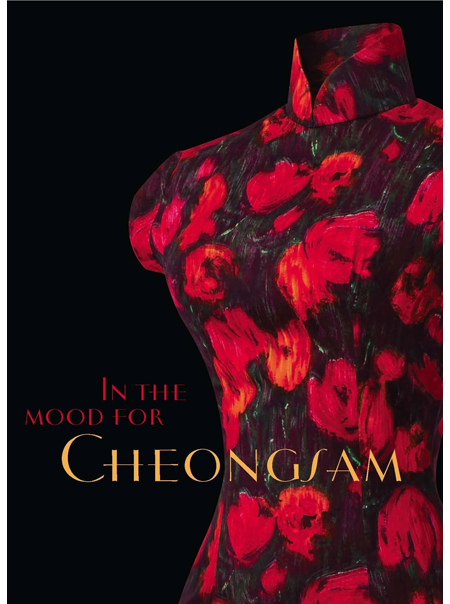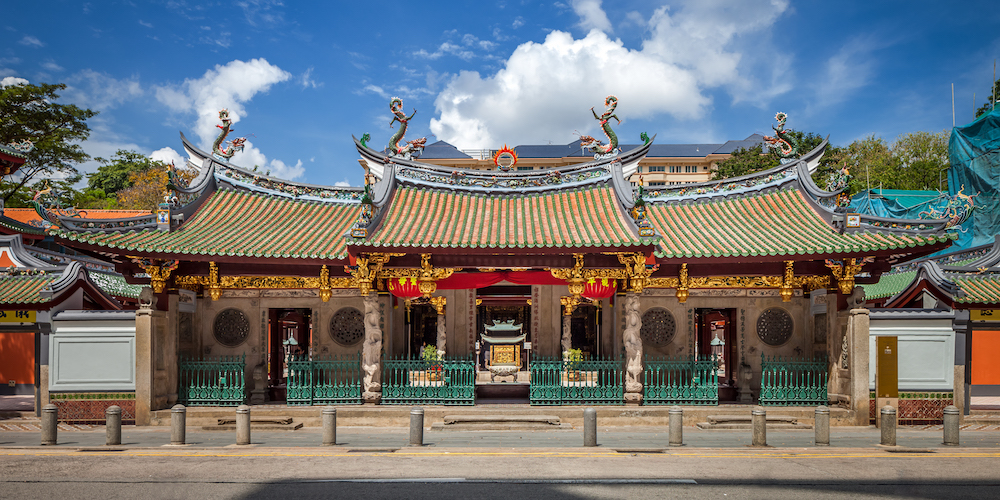Founded by a woman and for women, Koon Seng Ting (Hall of Formation or Completion of the Earth) is a Taoist temple that was built on the philanthropic foundation of providing a safe haven for those in need. The temple had humble beginnings and started out as an attap house, until renovations were completed in 1881.
Its founder, a Teochew lady named Teh Chit Yee, established the temple as a vegetarian hall for majies (women who took a vow of celibacy) and for girls who were abandoned in an age where boys were preferred in families. As such, it is no surprise that the caretakers of the temple are mostly women.
Besides serving as a sanctuary for destitute women, Koon Seng Ting, along with its adjacent neighbour, Ban Siew San Kuan Imm Tong was constructed to meet the spiritual and social demands of immigrants who settled in the area around Telok Blangah in the late 1800s. It is also a reminder of the early days when there used to be a small kampung around the hill with a community of Hokkien, Cantonese and Hainanese Chinese immigrants.
Koon Seng Ting’s architecture is steeped in cultural hybridisation, embodying the combination of the diverse Chinese communities in Nanyang (the former name of the Southeast Asian region, typically used by Chinese immigrants).
Despite the founder’s Teochew roots, the building’s architectural style predominantly adheres to Hokkien convention. This is due to the large Hokkien community, which co-existed with the Cantonese and Hainanese dialect groups in a small kampung around the hill that the temple is situated on.
The temple rests midway up Ban Siew San Hill, as dictated by traditional geomancy which states that it is highly favourable for the back of a building’s compound to be on higher ground.
Unlike most temples, Koon Seng Ting is two-storeys high (instead of one), which further accentuates its elevated construction. The two main buildings are conjoined with no internal air-well to divide them.
The temple’s vibrant façade and traditional Chinese aesthetics, incorporated with subtle 19th century European influences, enhance the surrounding HDB estate by adding a pop of colour and variation to the architectural landscape. Together with neighbouring Ban Siew San, the two temples vividly display the historical significance of the former settlements in the area.
This is a conserved building(s) by the Urban Redevelopment Authority (URA), please visit URA’s Conservation Portal for more details.
Buildings and sites featured on Roots.SG are part of our efforts to raise awareness of our heritage; a listing on Roots.SG does not imply any form of preservation or conservation status, unless it is mentioned in the article. The information in this article is valid as of May 2019 and is not intended to be an exhaustive history of the site/building.




